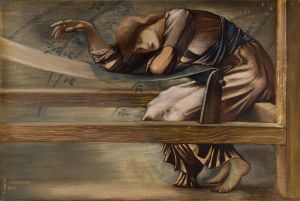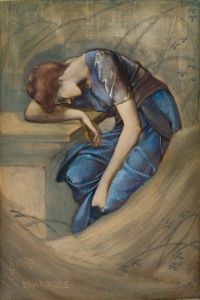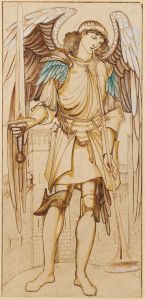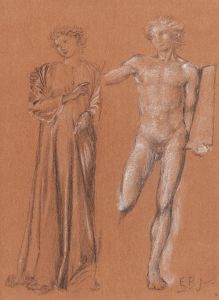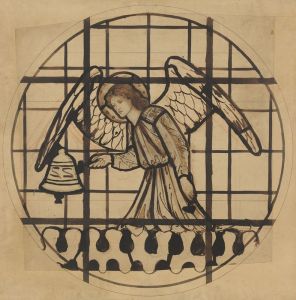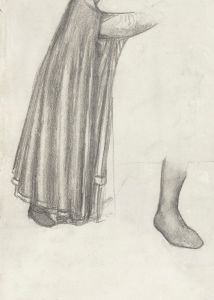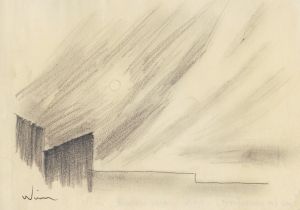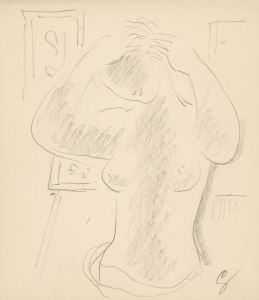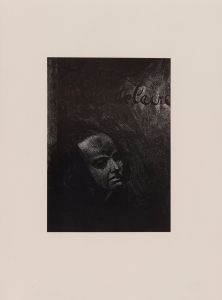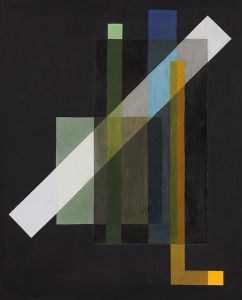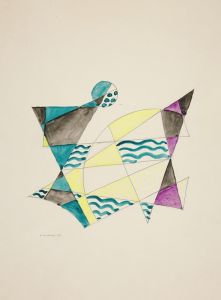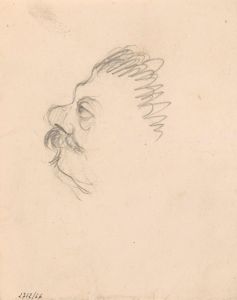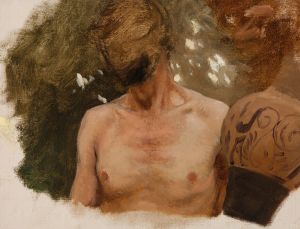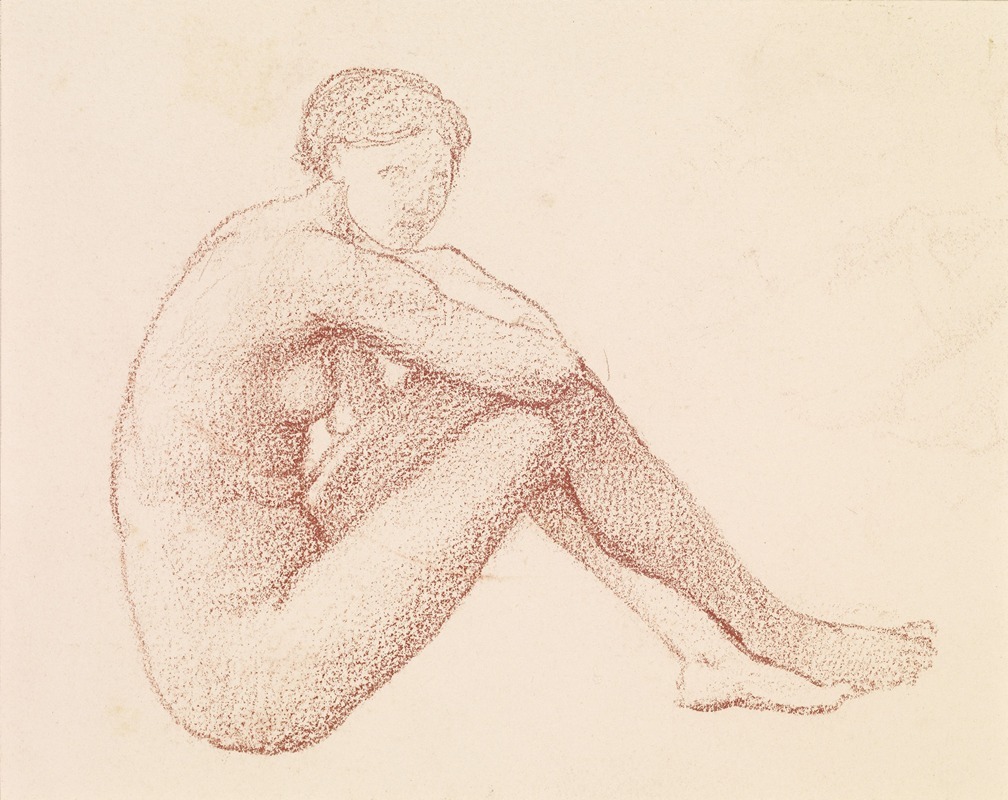
Female Nude – Study
A hand-painted replica of Sir Edward Coley Burne-Jones’s masterpiece Female Nude – Study, meticulously crafted by professional artists to capture the true essence of the original. Each piece is created with museum-quality canvas and rare mineral pigments, carefully painted by experienced artists with delicate brushstrokes and rich, layered colors to perfectly recreate the texture of the original artwork. Unlike machine-printed reproductions, this hand-painted version brings the painting to life, infused with the artist’s emotions and skill in every stroke. Whether for personal collection or home decoration, it instantly elevates the artistic atmosphere of any space.
Sir Edward Coley Burne-Jones was a prominent British artist and designer associated with the later phase of the Pre-Raphaelite movement and the Arts and Crafts Movement. His works are known for their romantic and dreamlike qualities, often depicting classical and mythological themes. Among his many works, "Female Nude – Study" is a notable piece that showcases his skill in figure drawing and his interest in the human form.
"Female Nude – Study" is a drawing that exemplifies Burne-Jones's meticulous approach to the human figure. Although specific details about the creation date and the context of this particular study are not extensively documented, it is understood that Burne-Jones frequently produced studies of the human form as part of his artistic process. These studies were often preparatory works for larger paintings or tapestries, serving as a means to explore composition, anatomy, and the play of light and shadow on the body.
Burne-Jones's approach to the nude was influenced by his admiration for the Italian Renaissance and his desire to revive the beauty and spirituality he associated with that period. His nudes are characterized by their elongated forms, graceful poses, and a sense of ethereal beauty. In "Female Nude – Study," these elements are likely present, reflecting his consistent style and thematic interests.
The study of the female form was a common practice among artists of Burne-Jones's time, as it allowed them to hone their skills in rendering anatomy and capturing the subtleties of human expression. Burne-Jones's work, however, often transcended mere academic study, imbuing his figures with a sense of narrative and emotion that connected them to the mythological and allegorical subjects he favored.
Burne-Jones was part of a broader artistic movement that sought to challenge the conventions of the Victorian art establishment. His work, including studies like "Female Nude," contributed to a shift towards more expressive and imaginative forms of art. His influence extended beyond painting, impacting the fields of design and illustration, and he played a significant role in the development of the Arts and Crafts Movement alongside figures like William Morris.
While "Female Nude – Study" may not be as widely recognized as some of Burne-Jones's larger works, it remains an important example of his dedication to the craft of drawing and his exploration of the human form. The study reflects his broader artistic vision, which sought to blend beauty, emotion, and narrative in a way that resonated with the ideals of the Pre-Raphaelite Brotherhood.
In summary, "Female Nude – Study" by Sir Edward Coley Burne-Jones is a testament to the artist's skill and his commitment to the exploration of beauty and form. It serves as a window into his artistic process and his enduring influence on the art world of his time.





